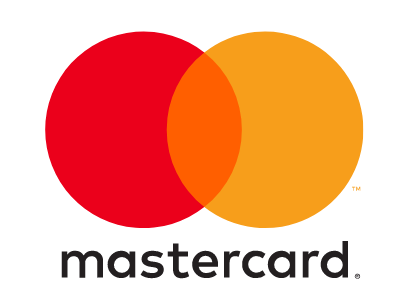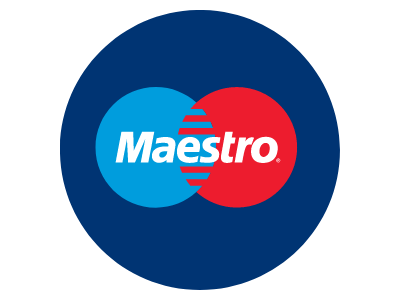CFDs vs Share trading

When investing in shares a trader has two options. One option is to purchase actual shares in companies on different exchanges where they are listed; this is known as share trading. For example, you can purchase Apple shares on the NASDAQ stock exchange, where you have a stake in the company. This is known as a more long-term approach to investing, where the trader is usually expecting the price to rise over a the time frame of months to years. Share trading is popular but lacks the flexibility, in the form of leverage, that CFDs offer.
The alternative to buying shares is CFD trading on shares. A trader can purchase a contract for difference (CFD) on a particular equity, speculating of the price difference of an underlying asset (in this case a share) without having to own it. A CFD is a derivative product where a broker typically agrees to pay an investor the difference in the value of a security between an opening and closing price. Traders can open long positions (speculating that the price will rise) or short positions (speculating that the price will fall). CFD trading tends to be considered a short-term investment, where trades are opened and closed within day to week timeframes.
The vital difference between taking a long position with a CFD and purchasing a security is the ability to make leveraged trades. CFDs are traded on margin, which means that a trader can open larger positions relative to the amount of initial capital they have.
Comparing CFD trading and shares trading
Is CFD trading cheaper than share trading?
With CFD trading, you are only required to pay a fraction of the upfront value of your trade, known as the margin, which means you can access a position of equivalent size in the stock market for less money. When you buy a physical share you are paying for the full cost of the asset upfront. This, however, does not mean your total exposure is any different with either method. While leverage can amplify profits, it can also amplify losses.
The costs associated with CFDs and share trading also differ. When trading CFDs with saffety.pro, you do not get charged any commission; you simply pay the spread and any associated overnight fees. However, with shares, depending on your broker, you will probably be charged commission, and you have to pay the stamp duty exercised on the security.
Can I use CFDs to hedge my existing share portfolio?
CFDs provide an excellent insurance opportunity to hedge your existing portfolio due to the fact that you can sell short, speculating on a price downtrend. Say, for example, that you have an existing portfolio of blue chip shares. You want to them hold for the long term, but you feel as if the market is about to witness a short dip, and you are concerned about how this will affect the value of your portfolio. With leveraged trading, you can short-sell this market in order to hedge against this possibility. If the market slides, what you lose on your portfolio can be offset by the gain from your short hedge using CFDs. If the market rises, you will lose on your hedge but gain on your portfolio.











